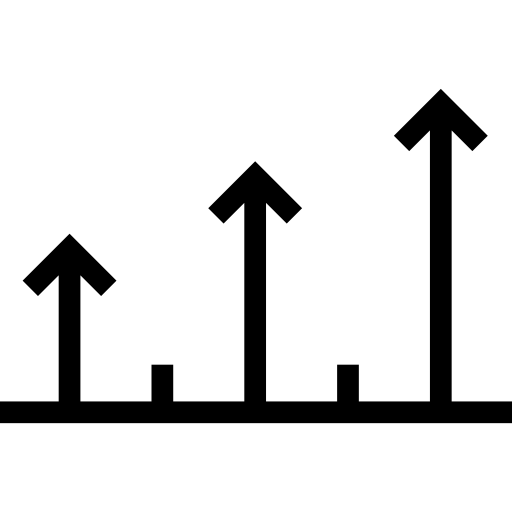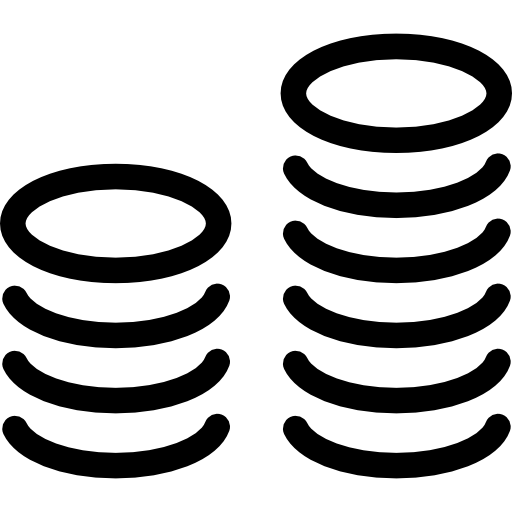
Starting date : Jul. 2017 > Jun. 2019
Lifetime: 24 months

Program in support : H2020-ICT-07-2017 Future Internet

Status project : complete

CEA-Leti's contact :
Antonio De Domenico
Bernard Strée

Project Coordinator: Nokia Solutions and NetworksManagement International GmbH (DE)
Partners: - DE: Deutsche Telekom AG, Hamburg Port Authority, Huawei Technologies Duesseldorf GmbH, Nokia Solutions and Networks Management International GmbH, Nomor Research, University of Kaiserslautern
- ES: ATOS SE, Universidad Carlos III de Madrid
- FR: CEA-Leti, Nokia Bell Labs France
- GR: Centre for Research & Technology Hellas, Mobics Ltd
- IT: Telecom Italia
- UK: Real Wireless, Samsung Electronics (UK) Limited

Target market: n/a

Publications:«Optimal Cross Slice Orchestration for 5G Mobile Services,» D. T. Hoang, D. Niyato, P. Wang, A. De Domenico, E. Calvanese Strinati, IEEE VTC fall 2018.
«Small Cell Deployment Along Roads: Coverage Analysis
and Slice-Aware RAT Selection», (Revised version submitted to IEEE Transactions on Communications), G. Ghatak, A. De Domenico, M. Coupechoux.
«Artificial Intelligence for Elastic Management and
Orchestration of 5G Networks,» D.-M. Gutierrez-Estevez,
M. Gramaglia, A. de Domenico, G. Dandachi, S. Khatibi,
D. Tsolkas, I. Balan, A. Garcia-Saavedra, U. Elzur, Y. Wang,
submitted to IEEE Wireless Communication.
«Optimal Computational Resource Allocation and Network
Slicing Deployment in 5G Hybrid C-RAN», A. De Domenico,
Y.-F. Liu, and W. Yu, submitted to IEEE ICC 2019.
«An Artificial Intelligence Framework for Slice Deployment
and Orchestration in 5G networks», G. Dandachi,
A. De Domenico, D. Thai Hoang, and D. Niyato,
submitted to IEEE JSAC.
«Optimal Virtual Network Function Deployment for 5G
Network Slicing in a Hybrid Cloud Infrastructure»,
A. De Domenico, Y.-F. Liu, and W. Yu, submitted to IEEE JSAC.

Investment: € 7.7 m.
EC Contribution: € 7.7 m.

| Stakes
In 5G MonArch project, CEA-Leti has developed new solutions involving network virtualization, network slicing and 5G multiple radio access technologies. Most of these studies have focused on integrating artificial intelligence (AI) principles into 5G mobile networks. CEA-Leti has contributed to disseminating the work in the ETSI ENI ISG. More specifically, CEA-Leti’s specific contributions to 5G MonArch are: - Contribution to 5G MonArch management
- Contribution to design of 5G MonArch architecture
- Investigation of cross slice resource orchestration mechanisms, which consider slice farness and priorities and increase 5G system elasticity through reinforcement learning
Investigation of stochastic geometry-based solutions to model mathematically slice-aware load balancing across multiple coexisting radio access technologies
Development of orchestration and RAN function extensibility in the 5G MonArch architecture with particular focus on elasticity aspects
Design of mechanisms adapting network function placement in a hybrid cloud infrastructure to available computational resources and network load
Design of unsupervised learning techniques that enable clustering of new service demands and existing network services such that the resources required by the new services are minimized
- Co-organization of dissemination events at international conferences and scientific events
- Dissemination of 5G MonArch results through conference and journal papers.
- 5G Monarch is built around on five objectives.
- Detailed specification and extension of the 5G architecture
Extension of architectural design with three key enabling innovations enabling operation of sliced 5G networks and specific functional extensions Development of novel functional innovations demanded by two key technologies necessary to identified use cases Deployment and experimental implementation of the architecture in two use cases Evaluation, validation and verification of architecture performance.
|
|